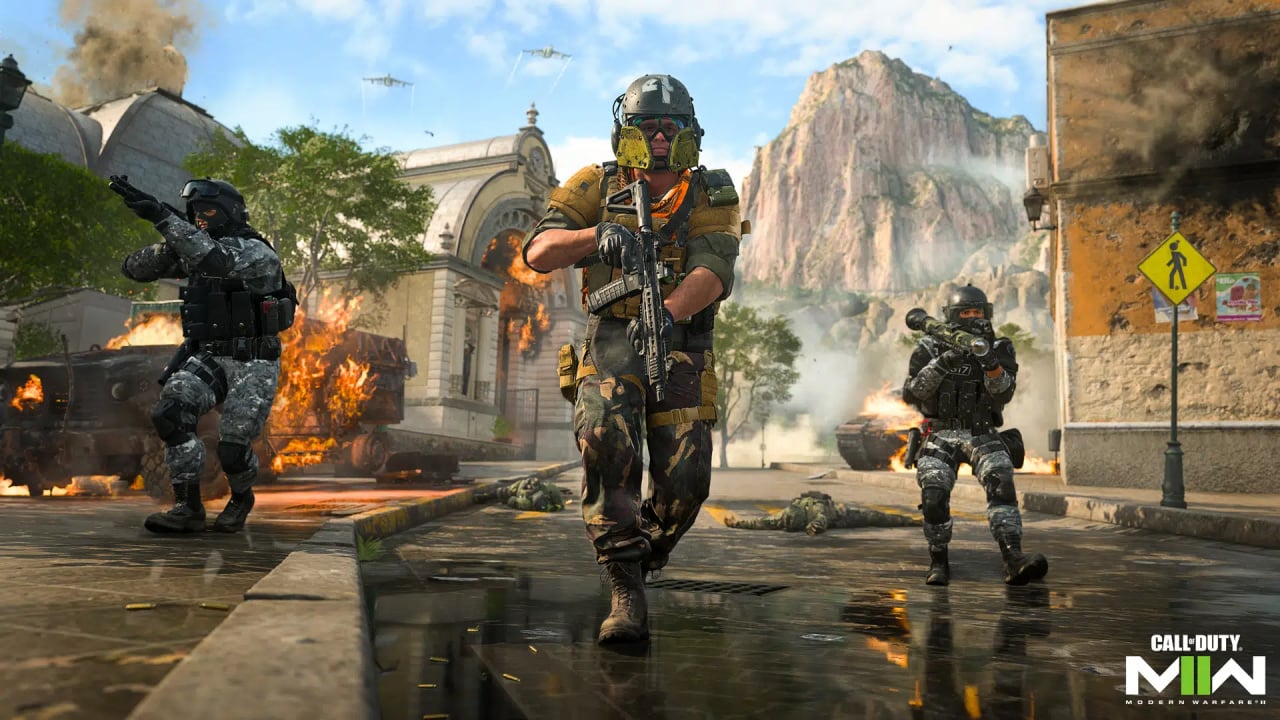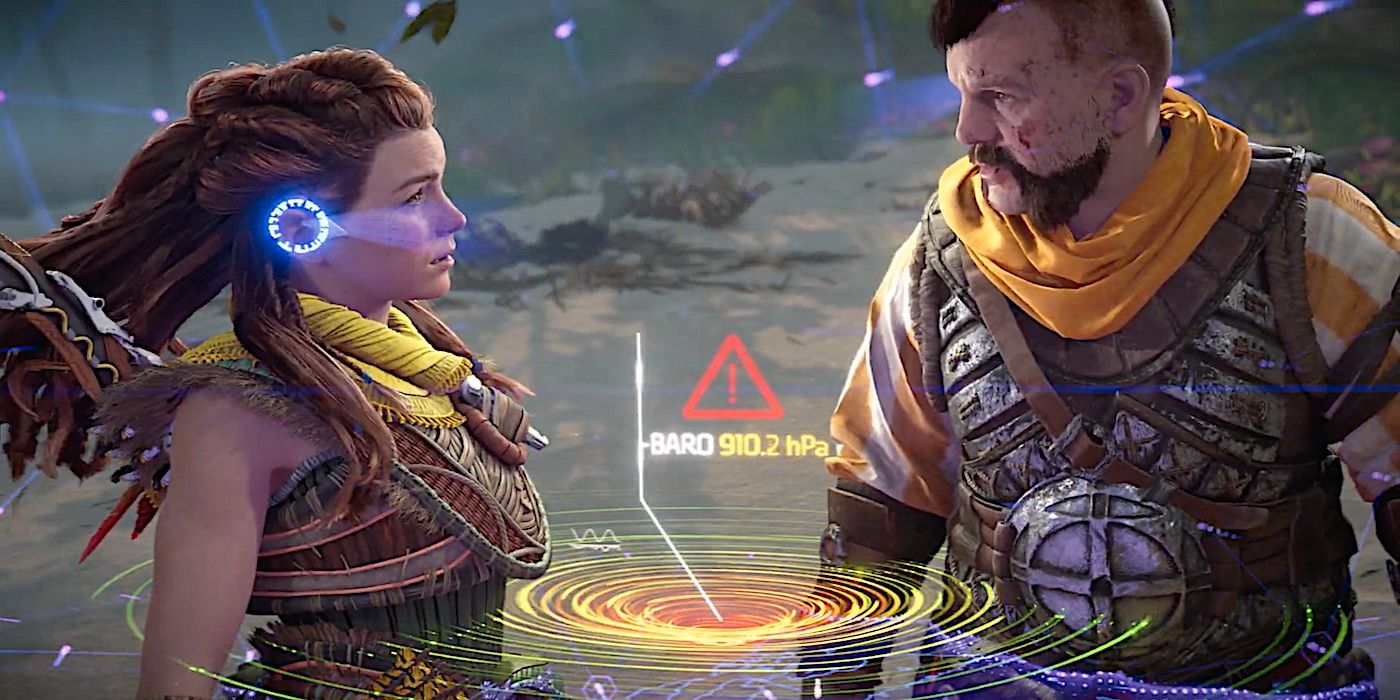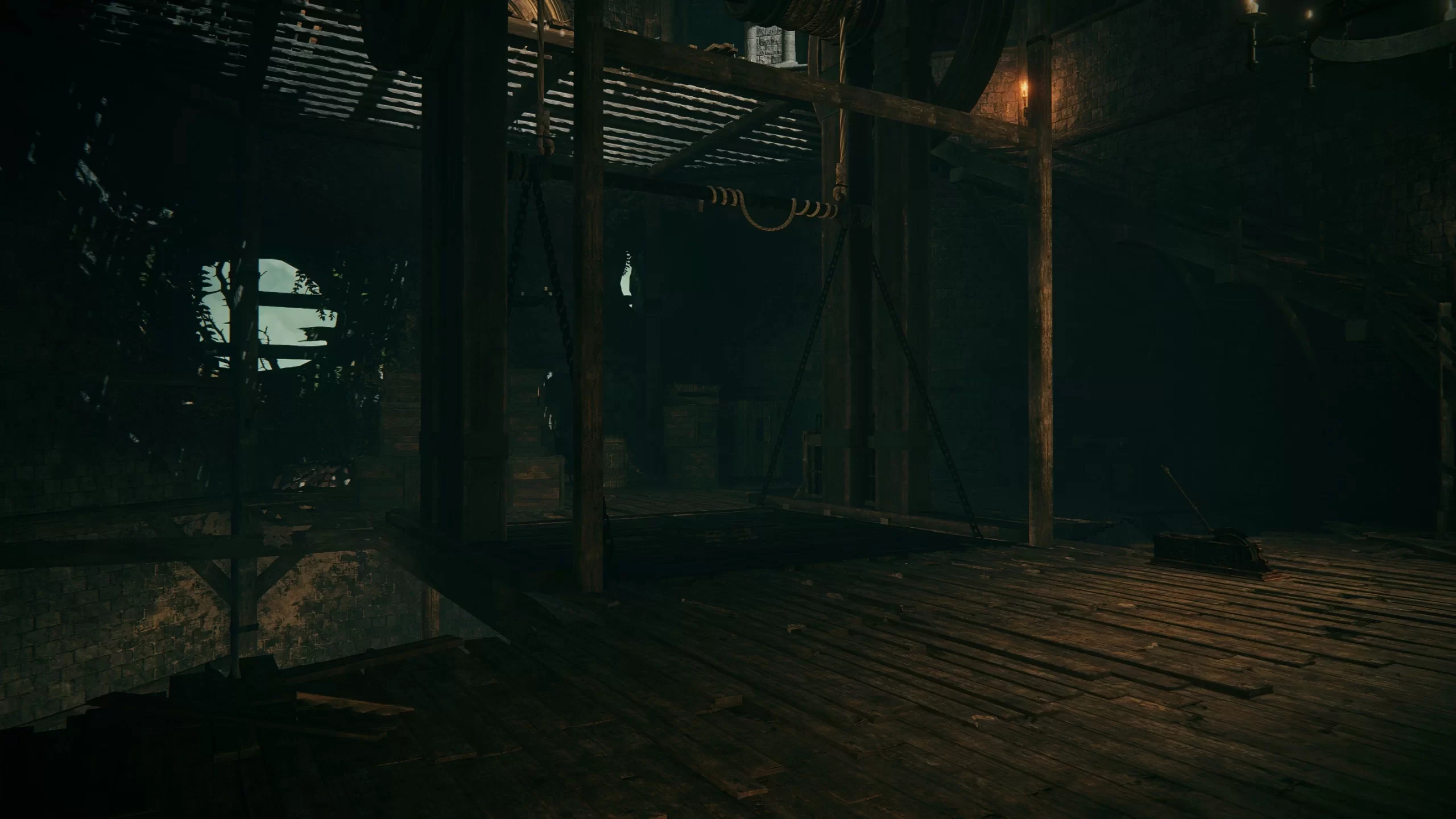

Since Ghost of Tsushima released last July, Sucker Punch Productions has been riding a wave of critical and commercial success. Between the promise of more multiplayer content, an incoming Hollywood movie, and Ghost of Tsushima: Director's Cut landing on PS4 and PS5 this week, fans can look forward to plenty more 13th Century-inspired samurai content in the future.
While the creation of an engrossing open-world and diverse gameplay mechanics helped spearhead this success, the historical and geographical details that Sucker Punch poured into the game shouldn't be underestimated as an important part of the equation. Walking around the virtual island of Tsushima and witnessing events inspired by real ones helps enrich the game, giving fans a taste of what life could've been like during its feudal past.
RELATED: All the PS5 Improvements in Ghost of Tsushima: Director's Cut
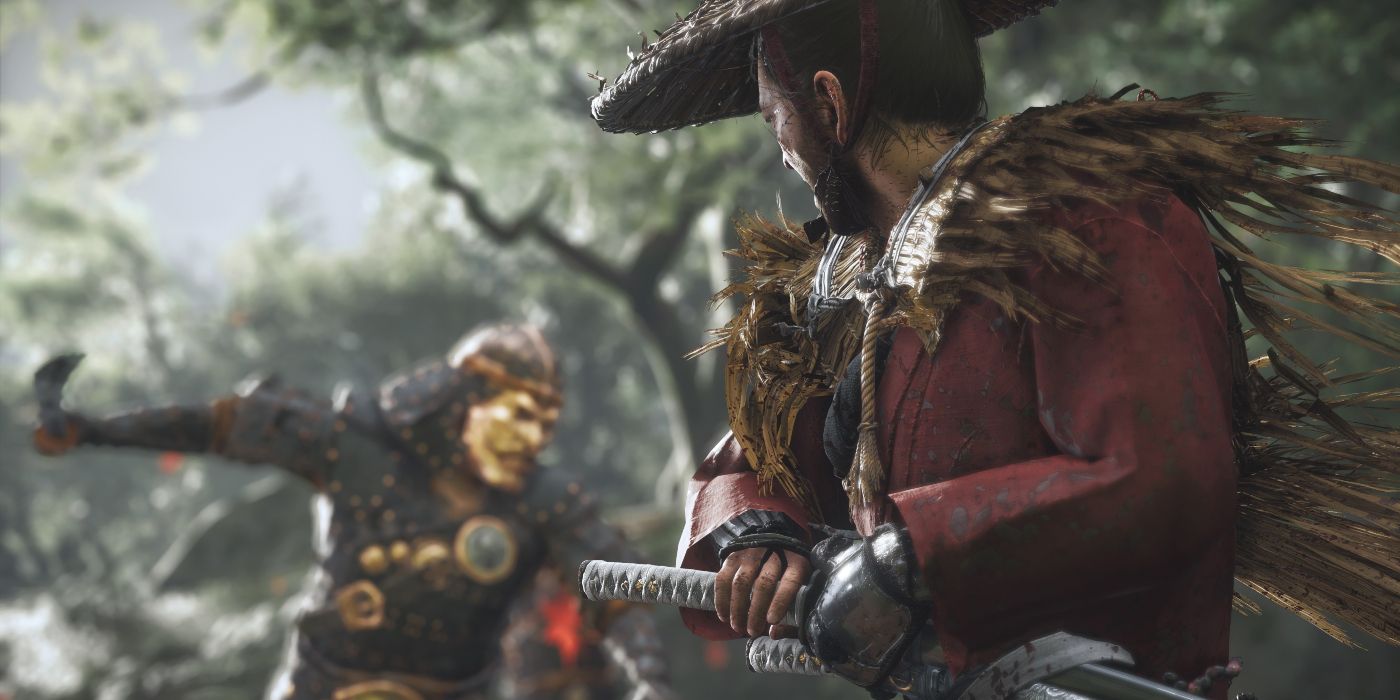
Inspired by the first Mongol invasion of Japan in 1274, Ghost of Tsushima adapts several historical events. While the bulk of the missions and side quests that Jin undertakes during the course of the single-player adventure have been concocted for entertainment purposes, the two major story beats that bookend the game did, to a certain extent, technically happen.
Acting as Ghost of Tsushima's dramatic tone-setting opening, the battle of Komoda Beach is the first and most accurate of the pair. Just like in real life, 80 Samurai on horseback attempted to repel the 1,000-strong Mongol army as it landed on the island's north-western tip. In both versions, the Japanese soldiers were heavily outnumbered and cut down with little resistance. What happens next is where Sucker Punch takes creative license, however, as the real island of Tsushima was unable to mount any real fight back after this brutal start to the war.
While the game accurately depicts that a request for help was sent from the island to Japan's Imperial Court, the events that finish off the game are a more romanticized interpretation of history. In the real world, the Mongols weren't undone by one man alone, and only left Japan's archipelago after they were forced to withdraw from the mainland by an unexpected typhoon. During the closing sections of the game, this super-storm is depicted in Ghost of Tsushima, directly impacting the Mongol's plans. Ultimately though it's the actions of Jin that prompts the invaders to flee the island, with the samurai instead becoming the metaphorical embodiment of the storm that helped secure the real nation's future.
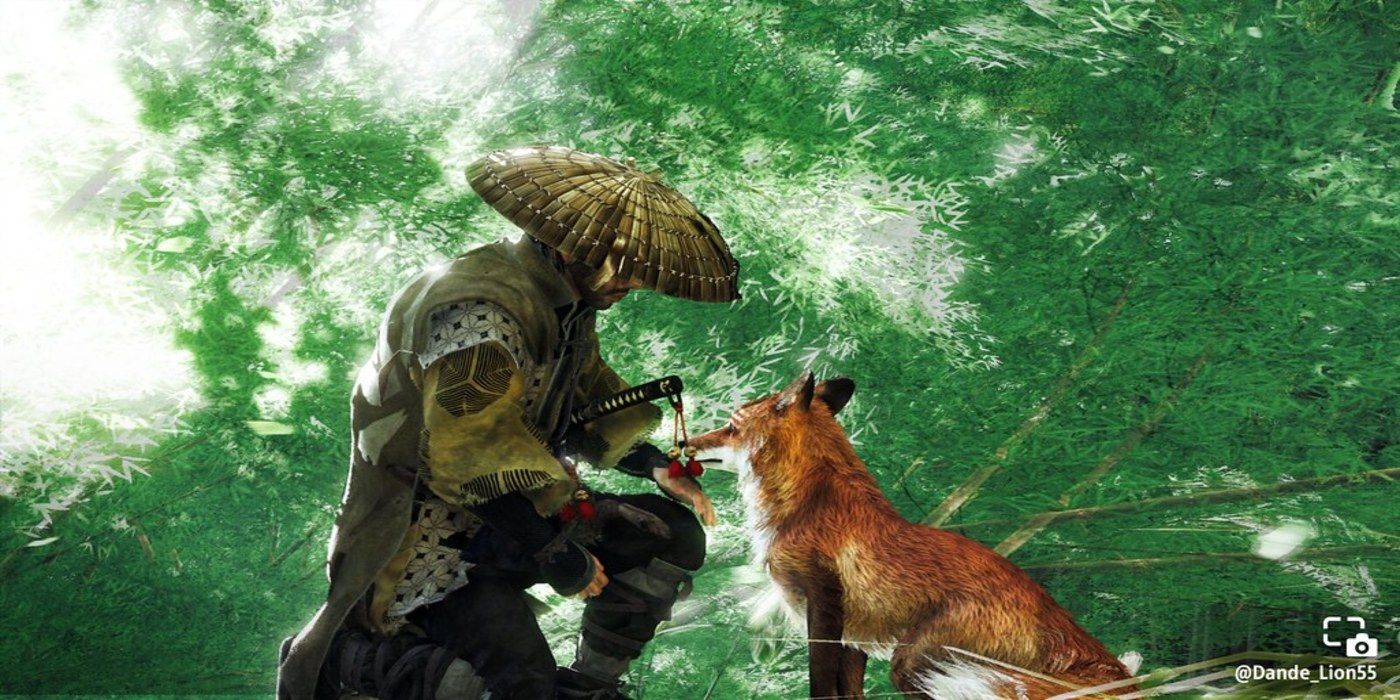
In terms of recreations of the real world, the physical depiction of Ghost of Tsushima's titular island is the aspect of the game that Sucker Punch most accurately adhered to. While the virtual island is condensed down and generally flatter than its real-world equivalent, the shape, regions, and villages that players can visit within the game, like Kechi and Toyotama, are anchored in reality. The studio has also captured the beauty that can be seen across the island's forest-dominated landscape in a more general sense, even if it has exaggerated the color palette beyond the lush green hues most commonly seen in the real world.
While there's debate amongst historians as to their exact placements and frequencies, Sucker Punch has also brought to life the fox-adorned Inari shrines, and the Torii gates that tourists flock to see to this day. The buildings that are on display within the game also adhere to an accurate depiction of thirteenth-century Japan in a broader sense, which at the time was greatly influenced by both Shinto and Buddhist architecture.
In this same vein, Mt. Shiratake and Kaneda Castle, which feature at points during the narrative adventure, can also be visited in the real world. Perhaps the biggest indicator though of how well Sucker Punch has managed to bring the island's past to life in a manner that mirrors the real world is the fact that the Nagasaki Prefecture authorities are now actively using the game to promote the island.
RELATED: Ghost of Tsushima: Legends Fans Should Be Excited for Director's Cut

When it comes to the specific named characters that fans have the opportunity rub shoulders with in Ghost of Tsushima, a lot of them aren't strictly based on known historical counterparts. Jin Sakai for example, the game's protagonist and samurai extraordinaire, is an entirely fictional creation conjured up by Sucker Punch in order to better direct the player's attention and motivation. In the real world, the Sakai clan itself is reported to have only come into existence during the fourteenth century, after the Mongol invasion had long since fizzled out.
Unsurprisingly, because of this Jin's fatherly uncle Lord Shimura is also a fictitious person from a lore and personality perspective. Unlike his nephew, the real-world Tsushima was still led by a Lord named Sukekuni who perished fairly early on in the conflict. To a certain extent, those invading forces are also impacted by the studio's desire to have total control over narrative proceedings, in a manner that's more extreme than other historical-inspired games like Assassin's Creed. To this end, even though the Mongols were led by one of Genghis Khan's grandchildren, it was actually Kublai Khan that assumed responsibility for his army instead of the made-up Khotun Khan.
Creating a product with the primary objective of entertaining its audience is one of the reasons why Sucker Punch has decided to adapt history rather than wholeheartedly recreate it. Considering the success of Ghost of Tsushima, and the praise it has received from historical authorities, it can be argued that the studio's direction was justified. From a cultural perspective, aspects like the accurate depiction of Ancient Japanese traditions, Jin's real-world sword stances, and the tactics employed by the Mongols all more than make up for the perceived inaccuracies.
Ghost of Tsushima: Director's Cut launches August 20, 2021 for PS4 and PS5.
MORE: 9 PS4 Games That Need a Director's Cut Like Ghost if Tsushima (& What They Could Add)
